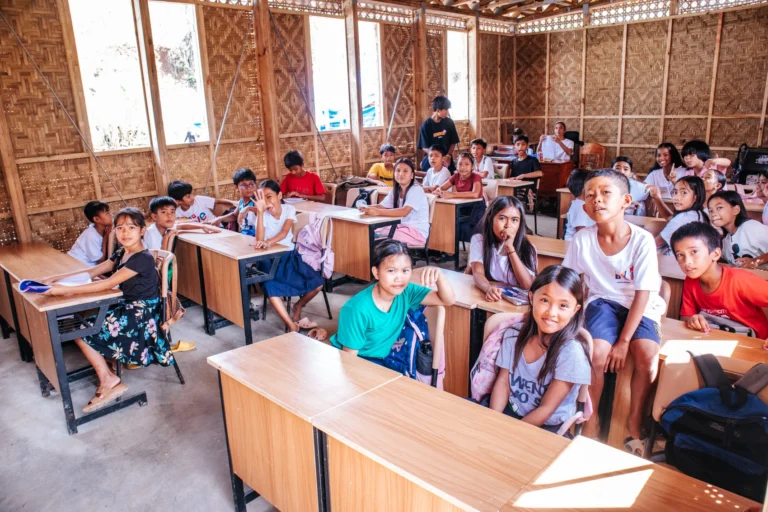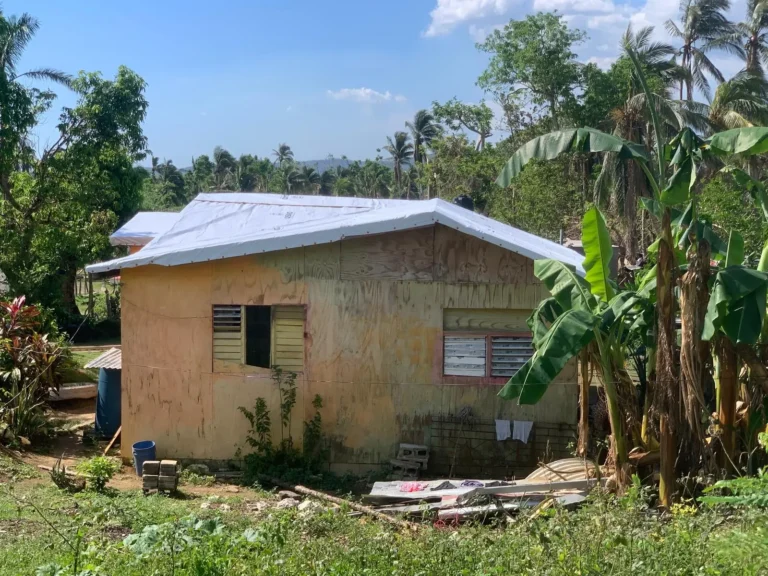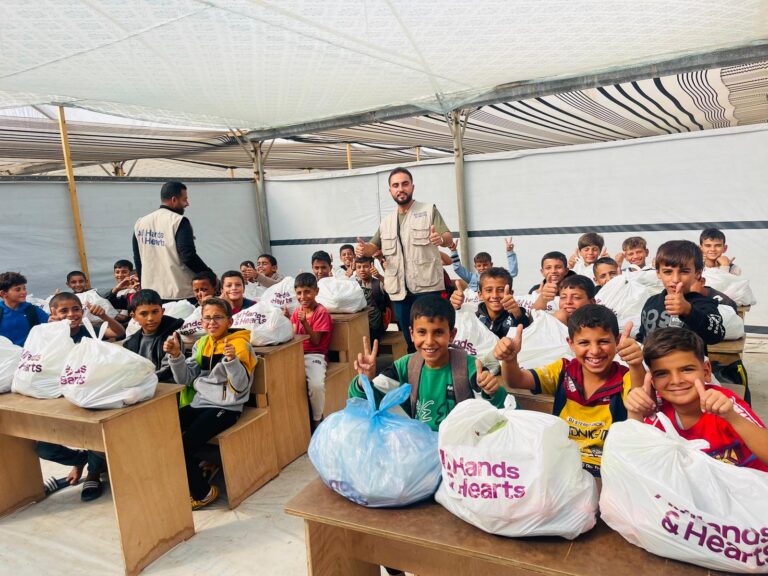What's New?
Read about the people, places and progress driving our mission forward.

Liz Jacobs, a member of the AH&H Communications team joined our operations in Jamaica to capture and showcase to our audience exactly what the need is in affected communities, and what people can do to help. “I’ve been working in the humanitarian space for several years, and I’ve seen many disaster zones. With that being […]

Days of relentless, heavy rain caused severe flooding across Western Washington, leaving hundreds of homes damaged and families displaced. Multiple feet of frigid, dirt-laden water inundated the town of Sumas and its surrounding areas, damaging hundreds of homes and businesses. When residents were unable to evacuate in time, emergency responders stepped in. Dozens of people […]

Rather than just write about what it’s like on the ground in Gaza now, I thought it would be easier to share some photos I took (including a lion I met), so you can see directly why the work AH&H is doing is so critical.

A severe winter storm, Storm Byron, has come down across Gaza this week, bringing heavy downpours that are expected to cause widespread flooding. Nearly 850,000 people are currently living in 761 displacement sites, many of which are especially vulnerable to rising water. After more than two years of living in camps, families now face the […]

Today, we’re excited to share that the reconstruction of Obi Integrated School in Catanduanes, Philippines, is officially complete, thanks to the incredible support of the community, volunteers, staff and donors. This project was our 25th school reconstruction in the Philippines, providing a safe, healthy and conducive learning environment for 299 students and 5 staff, from […]

Our first shipments of tarps have arrived in Jamaica, along with tools, materials and dedicated teams of local workers and volunteers, ready to get protection in place as quickly as possible. After Hurricane Melissa, communities across Jamaica are experiencing widespread roof damage, making emergency tarping a top priority. Tarps are a crucial first step, temporarily […]

Since immense floods swept through central Texas on the 4th of July, life along the Guadalupe River has been defined by uncertainty and long, difficult days of recovery. Many families saw their homes fill with feet of water in less than an hour. Search-and-rescue teams moved door to door, marking homes as they cleared them. […]

Heavy rains and strong winds swept across Gaza, flooding displacement camps and the fragile tents that tens of thousands of families rely on for shelter. After more than two years of living in camps, many experienced their tents sag under the weight of water or collapse entirely, making already harsh winter conditions even harder to […]

Since January, All Hands & Hearts (AH&H) has been on the ground supporting communities recovering from the devastating wildfires in Los Angeles County, the most destructive in California’s history. A lot has happened since then, and together with community members, local partners and dedicated volunteers, we’ve helped families take major steps toward recovery and new […]

“The full scale of the impact is still not clear; what is clear is that the years ahead will require sustained effort and support,” said Mike Ball, COO of All Hands & Hearts. “Simply, this is one of the worst disasters in Jamaica’s recent history.” Currently, our teams are scaling up rapidly to support urgent […]